Pine Pests and Diseases: How to Identify and Treat Them
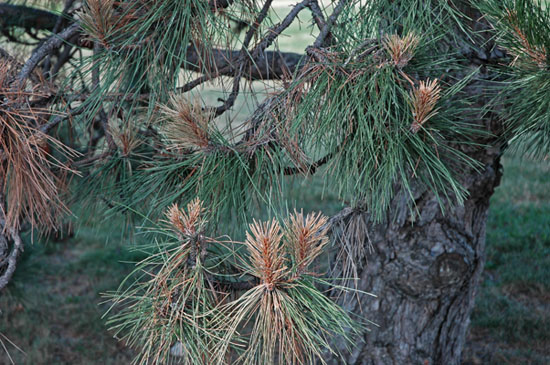
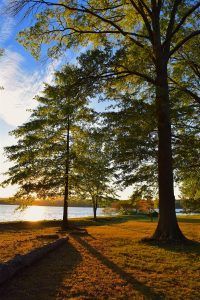 Pines are trees of the conifer family that have a very striking structure and are among the favorites when designing gardens.
Pines are trees of the conifer family that have a very striking structure and are among the favorites when designing gardens.
Suffering from any plague or disease is sad (with other species too, but pines are like very special), so you have to be very careful.
And for this, a basic step is to know what they are, what symptoms they cause and what strategies we can use to combat them.
All this is easier than you might think when you have clear data and that is our goal in bringing you this post, so don’t miss a single line.
shoot borer
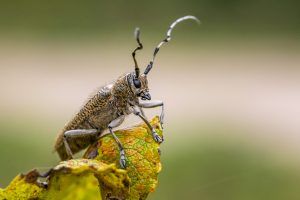 The shoot borer is a very dangerous pest because it directly attacks pine shoots, as the adult lays its eggs on them.
The shoot borer is a very dangerous pest because it directly attacks pine shoots, as the adult lays its eggs on them.
This action makes it difficult to determine where they are to eliminate them, so attention must be paid to the characteristics of the adult.
In general, it is a kind of white moth that can also have gray or brown scales. When the borer’s eggs hatch, they begin to feed on the new shoots, creating a series of galleries inside.
At first these galleries are not very strong and it is common for the shoots to continue growing normally. However, as they gain strength, the problem becomes considerable.
The new shoots then develop deformities, are shorter than unaffected shoots and, when very complex, tend to die.To control it, it is important to use good pruning criteria, making sure to eliminate those shoots that present strange conditions.
The use of insecticides is recommended when the problem has gotten out of control and the risk of the pine is high.
pitch canker of pine
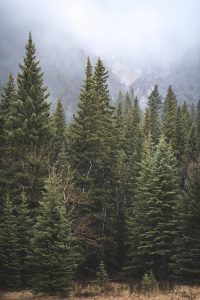 It is a disease caused by a fungus that is capable of destroying an entire plantation if it is not treated in time.
It is a disease caused by a fungus that is capable of destroying an entire plantation if it is not treated in time.
It can manifest in pines of any age, through the formation of cankers that appear on the trunk and branches.
The symptoms are varied, since in addition to the cankers, aspects such as the fall of the shoots or the fall of the pineapples are included.
Early detection will help make the issue more manageable and is often seen in the spring when the buds wilt.
It is also possible that some symptoms appear during the winter in areas where temperatures are usually mild. However, the only way to know for sure that it is pitch blight of pine is to perform a laboratory test.
To attack the disease it is essential to work with chemical treatments based on thiophanate methyl.
sawfly
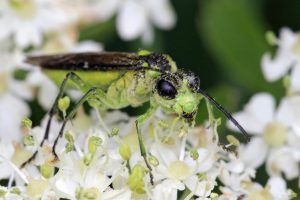 It is a fly, as its name indicates, capable of laying eggs once a year, so it might seem that the negative impact is not so complex.
It is a fly, as its name indicates, capable of laying eggs once a year, so it might seem that the negative impact is not so complex.
The problem is that its larvae feed with pleasure on the leaves, leading to progressive defoliation and reduction in the size of the foliage.
Similarly, they are capable of consuming the inside of the smallest branches, leading them to premature death. In mature, strong trees, the sawfly may not have much of an impact and remedial action can be taken quickly.
But young trees can see their health seriously compromised, possibly dying if not supported by effective treatment.
This treatment includes the use of insecticides on the area where the larvae are generated, so that the growth cycle to adulthood is broken.
In the case of adults, the ideal is to change the environmental conditions so that they become unpleasant. For example, controlling the level of humidity.
aphids
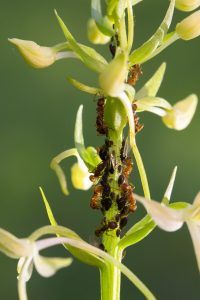 It is one of the characteristic pests of days of heat and high humidity that is capable of attacking pines and almost any other plant species.
It is one of the characteristic pests of days of heat and high humidity that is capable of attacking pines and almost any other plant species.
It is a small insect, which varies from green to black depending on the type and which usually lodges on the underside of the leaves to make it difficult to detect.
They are characterized by consuming the sap of pine trees, causing them to suffer from mild to severe defoliation depending on the attack conditions and the age of the tree.
In young pines, aphids could cause a significant negative impact because they will subtract the energy necessary to continue their development.
This leads to the foliage presenting chlorosis, wilting, necrosis in the stems and can also allow the entry of a fungus known as bold.
Treatments will vary depending on the age of the pine. A young tree can be washed with neem oil or potassium soap.
In larger trees, cleaning can be promoted with an injection of pressurized water to free the plant of individuals and complement it with an insecticide.
bark beetle
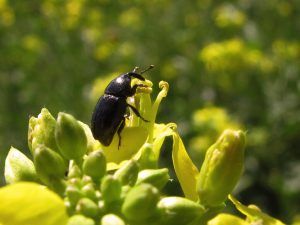 It is a brown beetle, tiny, which is characterized by having a very strong suction device to break the bark of the tree.
It is a brown beetle, tiny, which is characterized by having a very strong suction device to break the bark of the tree.
In this case, both the larvae and the adults are capable of causing considerable damage to the structure of the pines.
In the first case, the creation of galleries in the trunk is evident because the plant material inside is consumed.
In the second, the adults feed on the sap they suck from the green parts of the foliage structure. In turn, the wounds that both forms of attack leave, especially in areas with outbreaks, give space for diseases to enter.
Insecticides are used for its control when the evidence of adults is already clear in order to ensure that it is this species and reduce its ability to multiply.
Pines are trees that are strong in structure and highly resistant, especially when they are well nourished. Keeping them in these conditions is not as complex as it may seem if the corresponding preventive actions are applied.
In any case, there are very effective treatments to stop the damage and ensure proper development over time.
Bibliographic references
- General management plan for the main pests that affect Petén pine plantations (Pinus caribaea Morelet var. hondurensis), established within the …, GR Morales Payés – 2009 – repository.usac.edu.gt
- Main pests of cypress, Pinus patula and eucalyptus in Colombia, L Wiesner Rico, JA Madrigal Cardeño – 2018 – sidalc.net
- Studies of the red hairy worm, Lichnoptera gulo Herrich-Schaeffer (Lepidoptera: Noctuidae), pest of pine and cypress, 1: biology and ecology, AE Bustillo Pardey – Revista Colombiana de Entomología (Colombia) v. 1 …, 2018 – sidalc.net
- Incidence of pests and diseases in the Pinus hartwegii forest in APFF Nevado de Toluca, Mexico, and its relationship with environmental and ecological factors, JD Zúniga Mejía – 2020 – 201.207.189.89
- Characterization and effectiveness of Trichoderma spp., on pine bark beetles, AR Gijón-Hernández, Z Trejo-Sandoval… – Entomol. Mex, 2015 – socmexent.org
- Study of the behavior of diseases in pine forests (Pinus oocarpa Schiede ex Schltdl), in the municipality of San Fernando in Nueva Segovia, AL Garcia Valle – 2009 – repository.una.edu.ni
- Diagnosis of diseases in pine (Pinus spp) in farms of the municipality of San Fernando in Nueva Segovía, I Baltodano – 2009 – repository.una.edu.ni
- Pine pitch canker: a potential threat to Pinus radiata plantations in Chile? , A Carrasco, E Sanfuentes, Á Durán … – Gayana …, 2016 – scielo.conicyt.cl

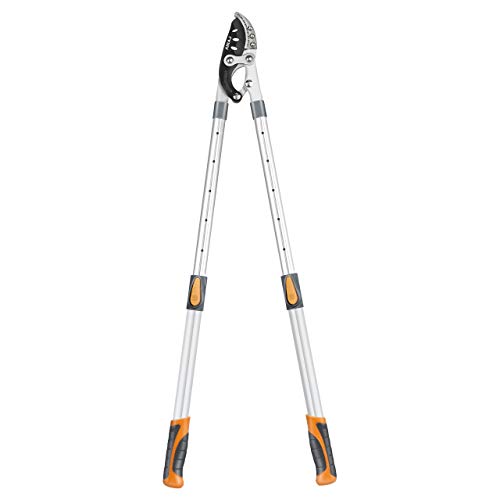
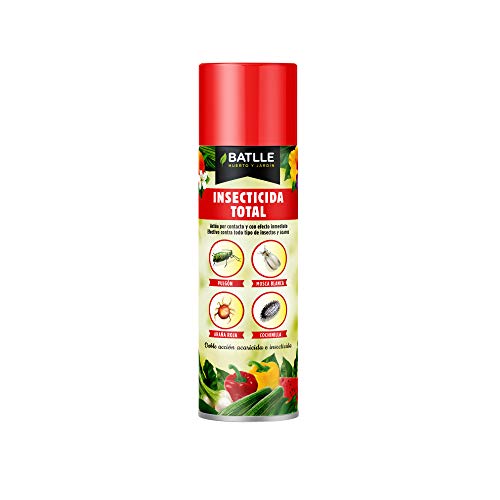

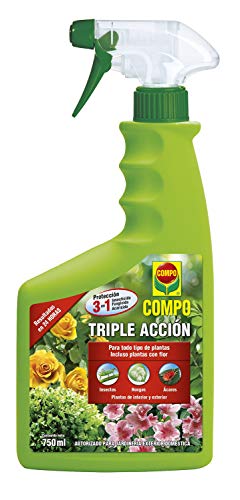
![Photo of Begonias Care: [Earth, Strengthening, Humidity and Pruning]](https://www.complete-gardening.com/wp-content/uploads/2022/08/begonias-care-earth-strengthening-humidity-and-pruning-390x220.jpg)
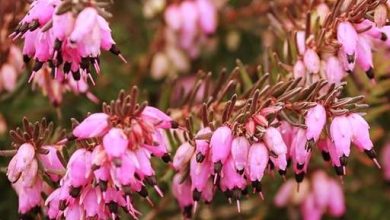
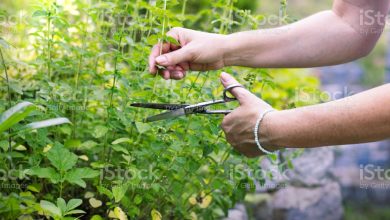
![Photo of Ergot of Rye: [Characteristics, Cultivation, Diseases and Meaning]](https://www.complete-gardening.com/wp-content/uploads/2022/08/ergot-of-rye-characteristics-cultivation-diseases-and-meaning-390x220.jpg)